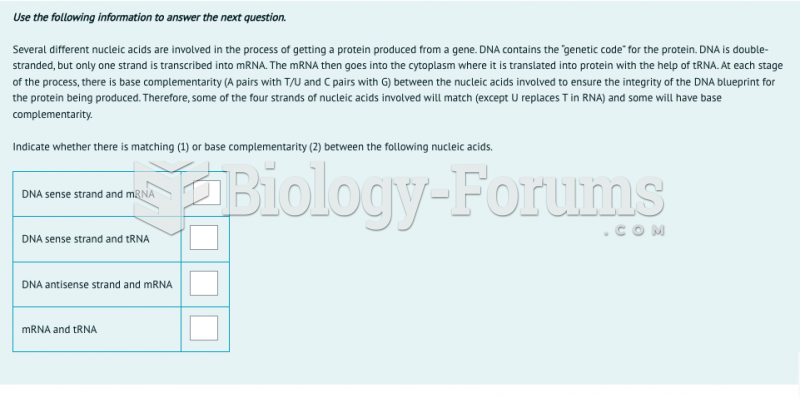Answer to Question 1
Communication can involve sending messages to both large and small audiences. Internal messages are intended for recipients within an organization. External messages are directed to recipients outside the organization. When considering the intended audience, communication can be described as taking place on five levels: intrapersonal, interpersonal, group, organizational, and public. An effective communicator has a clearly defined purpose for each message and selected strategies for targeting his or her intended audience.
a. Intrapersonal communication level: This communication level involves communication within oneself. However, this level of communication is not considered by some to be true communication as it does not involve a separate sender and receiver. For example, an individual considers how others respond to his or her verbal and/or nonverbal communication.
b. Interpersonal communication level: This communication level involves communication between two people. The task goal of this communication level is to accomplish work confronting the two people. In this communication level, the maintenance goal is to feel better about themselves and each other because of their interaction. For example, communication between supervisor and subordinate and between two coworkers.
c. Group communication level: This communication level involves communication among more than two people. Here, the goal is to achieve greater output than individual efforts could produce. Examples include work group, project team, and department meeting.
d. Organizational communication level: This communication level involves groups combined in such a way that large tasks may be accomplished. The goal of this communication level is to provide adequate structure for groups to achieve their purposes. Examples include communication with a company or an organization.
e. Public communication level: This communication level involves an organization reaching out to its public to achieve its goals. The goal is to reach many with the same message. Examples include media advertisement, website communication, and the annual report. See 1-3: Communicating within Organizations
Answer to Question 2
Organizational communication is communication that occurs with an organizational context. Regardless of your career or level within an organization, your ability to communicate will affect not only the success of the organization but also your personal success and advancement within that organization.
Communication occurs in a variety of ways within an organization. Some communication flows are planned and structured; others are not. Some communication flows can be formally depicted, whereas some defy description.
Communication within an organization involves both formal and informal networks.
Formal communication network: This channel is typified by the formal organization chart, which is created by management to define individual and group relationships and to specify lines of responsibility. Essentially, the formal system is dictated by the managerial, technical, cultural, and structural environment of the organization. Within this system, people are required to behave and to communicate in certain ways simply to get work done. When employees rely almost entirely on the formal communication system as a guide to behavior, the system might be identified as a bureaucracy. Procedures manuals, job descriptions, organization charts, and other written materials dictate the required behavior. Communication channels are followed strictly, and red tape is abundant. Procedures are generally followed exactly; terms such as rules and policies serve as sufficient reasons for actions.
Informal communication network: This network, which is commonly called the grapevine, continuously develops as people interact within the formal system to accommodate their social and psychological needs. Because the informal network undergoes continual changes and does not parallel the organizational chart, it cannot be depicted accurately by any graphic means. As people talk casually during breaks, text one another, or chat online, the focus usually shifts from topic to topic. One of the usual topics is work-job, company, supervisor, fellow employees. Even though the formal system includes definite communication channels, the grapevine tends to develop and operate within all organizations.







